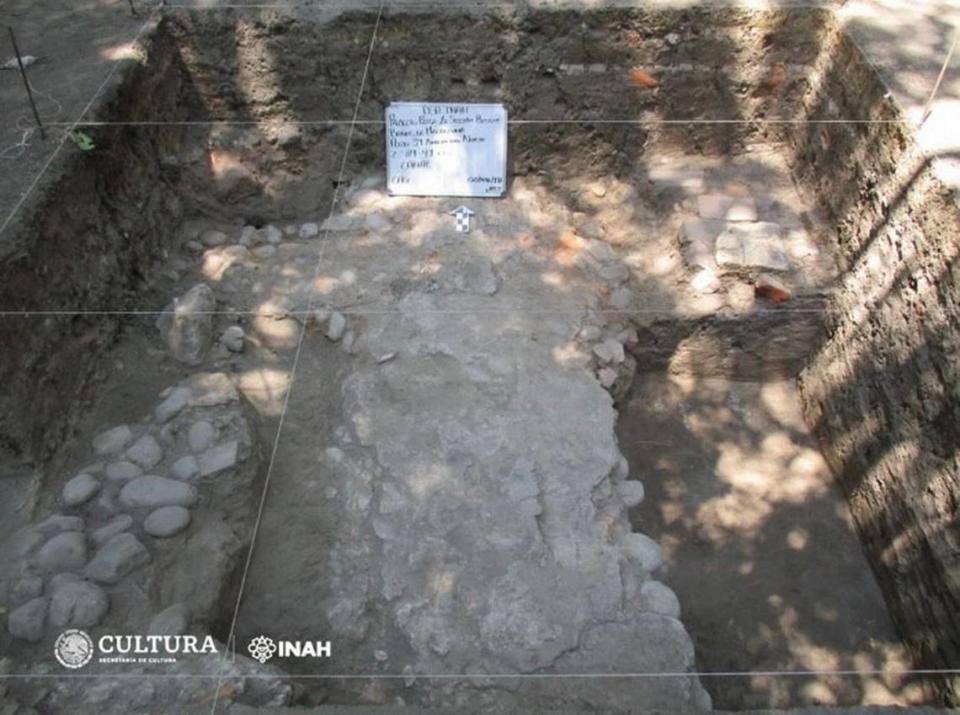Famous healing baths — dating back 150 years — unearthed in Mexico forest
- Oops!Something went wrong.Please try again later.
Three mysterious man-made pools were discovered in a forest in the heart of Mexico City in 2018. Now, after five years of analysis, archaeologists have determined their intriguing origin.
The pools — measuring 20 feet long and 3 feet deep — were uncovered in the Chapultepec Forest, a massive park in the country’s capital. Fragments of orange clay tiles were found lining the bottom of the pools along with a series of pipes that funneled water into them.
Initially, they were believed to be part of Moctezuma’s Baths, fabled spas built by the last, ill-fated Aztec emperor, according to a Sept. 7 news release from the National Institute of Anthropology and History (INAH).
Moctezuma ruled over an expansive empire stretching across a large swath of Central America. He died in 1520 after confronting invading Spanish conquistadors led by Hernan Cortes, according to the Encyclopedia Britannica.
After tracking down historical documents, archaeologists realized Moctezuma’s Baths were actually in a different location. The recently uncovered ruins, they discovered, were built much later, officials said.

The three pools were constructed in 1870 to serve the elite residents of the city. At the time, the bodies of water were believed to have healing properties.
“Mineral springs spas and resorts multiplied in Mexico between 1880 and 1930, consolidating a business of bathing that was built on deep-seated popular and scientific ideas about the virtues of heterogeneous waters, as well as on ancient traditions of social bathing that had roots in prehispanic Mesoamerica and in the classical Mediterranean world,” according to a study published in the journal Water Alternatives in 2021.
But the practice of communal bathing eventually fell out of fashion following increased concerns of contagion, according to the study.
As their popularity decreased, the three baths eventually fell into a state of disrepair, officials said.
The family that owned the pools sold them to the city, which incorporated them into the Chapultepec Forest, where they fell into further obscurity.
People began referring to the ruins as the Baths of Moctezuma around 1910, causing them to be confused with the legendary, ancient baths of the emperor.
Google Translate was used to translate a news release from INAH.
1,500-year-old palace-like home was hidden by jungle foliage — until now. Take a look
‘Exceedingly rare’ ancient tools found under melting ice in Norway, researcher says
Hitchhiking sea creature — that can’t swim — turns out to be a new species in Japan

